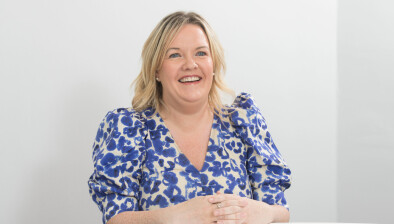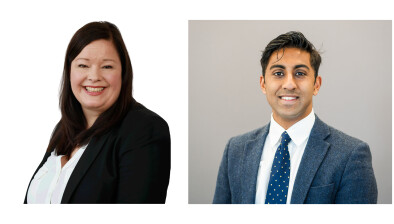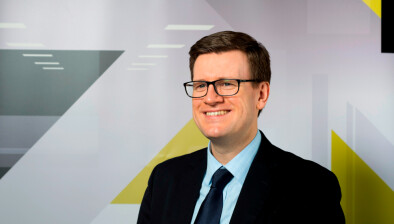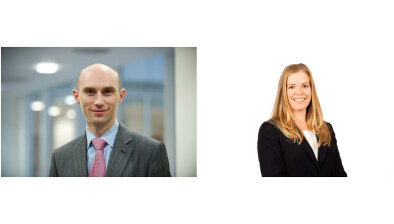IWD Blog: The roots of accountancy’s continued pay gap

On International Women’s Day, Robert Outram of Institute of Chartered Accountants of Scotland (ICAS) asks how can social background or gender still be among the factors determining a CA’s salary?
One hundred years after women in the UK first exercised the right to vote, gender remains a hotly debated topic. There is an increasing amount of data on the “gender pay gap”, following legislation compelling larger employers to report the mean and median salaries for the men and women they employ. But how does the accountancy profession measure up?
The CA’s 2017 Careers and Salary Survey (November 2017) included questions on gender, education and family background, and was based on more than 1,200 responses from ICAS members. To explore how gender and social class play out in terms of professional opportunities and remuneration, Professor Catriona Paisey and Betty Wu of University of Glasgow analysed and cross-referenced the data from the survey.
Comparing median pay – the mean figures would have been skewed by a small number of respondents earning very large numbers – the study found not only that a gender pay gap exists in accountancy, but also that it begins earlier than might be expected.
As with the Government’s figures, the “pay gap” is calculated as the difference between the higher mean/median salary and the lower, divided by the higher. In this case, the study compared annual pay because hourly pay was not specified. The headline pay-gap number for The CA’s salary survey is 34.7 per cent; however, this includes those who work part-time, so a more meaningful number is 31.8 per cent, based on full-time responses only.
Women make up 50 per cent of those in the survey’s lowest quartile by income, but only 14 per cent of those in the top quartile.
The gender pay gap is often ascribed to the fact that women’s careers are more likely to be interrupted by starting a family. This study finds, however, that the gap starts right from the outset, at 8 per cent in the first two years post-qualifying (PQE) and rising to 37 per cent at 11-25 years PQE, and 48 per cent at 25+ years.
The gap is largest in financial services/banking (38 per cent) and the oil and gas industry (32 per cent). In public practice, the Big Four firms have been among the first to publicly report their pay gaps. Their range of 14.2 per cent-22.1 per cent is lower than the average we found in practice (29 per cent), implying that there is a bigger gender-pay disparity in smaller firms.
Social mobility has recently moved up the agenda. Professional bodies - including ICAS - and firms have been addressing the issue of access to accountancy as a career. The ICAS Foundation in particular has created opportunities for young people from disadvantaged backgrounds. But what does the survey tell us about today’s profession?
We asked about parents’ occupations – a key measure of social class. In total, 64 per cent of the fathers of respondents and 51 per cent of mothers were professionals; for approximately a third of CAs in the survey, their own professional status represents significant upward mobility.
What the survey also shows, however, is that parental occupation, whether the individual attended a fee-paying or state school, and the status of the individual’s university in the case of graduates, have an influence not just on access to the profession but on what you are likely to earn throughout your career as a CA.
Respondents who attended a fee-paying school earned more than their state-educated counterparts, while graduates from a “Russell Group” university (representing 24 of the UK’s leading institutions) earned more than those from other universities.
Gender, class and education still affect an individual’s life chances. As Catriona Paisey and Betty Wu point out, however, these are factors employers should be aware of, not only in terms of initial recruitment but also in the opportunities and practices within their organisations.








